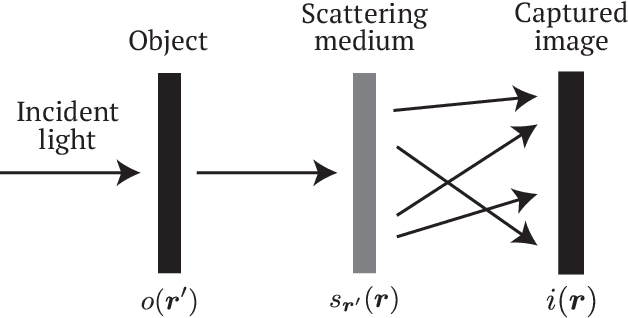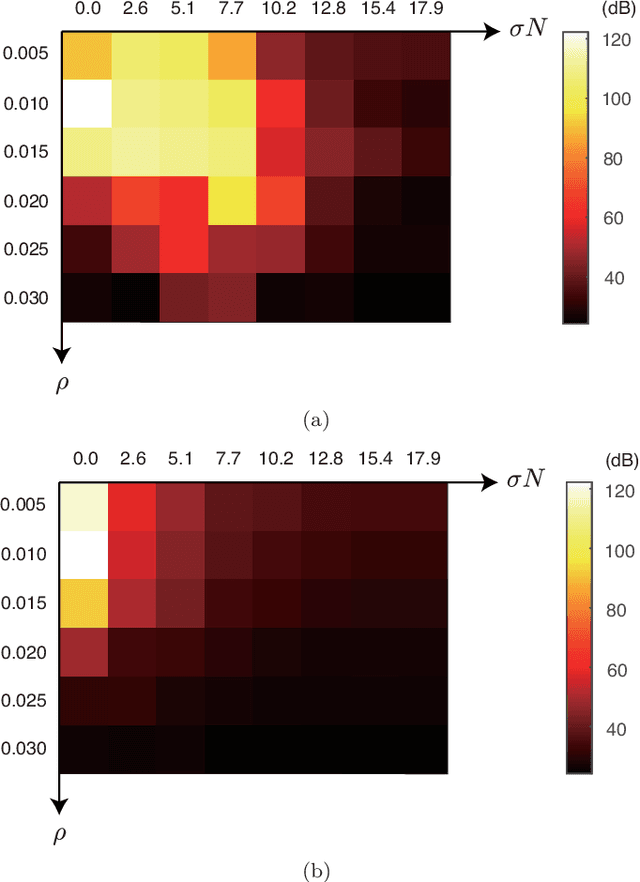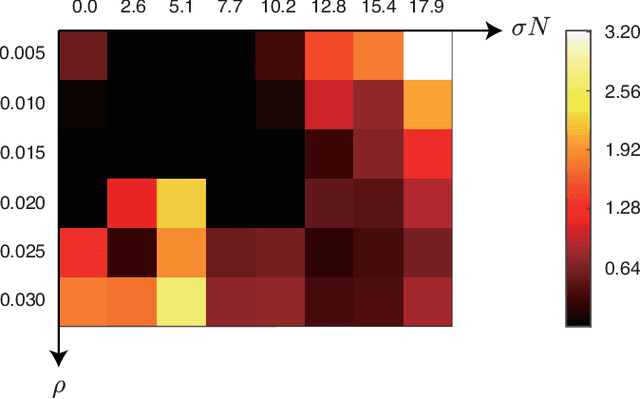Extended field-of-view speckle-correlation imaging by estimating autocorrelation
Paper and Code
Jun 19, 2022



Imaging through scattering media is a longstanding issue in a wide range of applications, including biomedicine, security, and astronomy. Speckle-correlation imaging is promising for non-invasively seeing through scattering media by assuming shift-invariance of the scattering process called the memory effect. However, the memory effect is known to be severely limited when the medium is thick. Under such a scattering condition, speckle-correlation imaging is not practical because the correlation of the speckle decays, reducing the field of view. To address this problem, we present a method for expanding the field of view of single-shot speckle-correlation imaging through scattering media with a limited memory effect. We derive the imaging model under this scattering condition and its inversion for reconstructing the object. Our method simultaneously estimates both the object and the decay of the speckle correlation based on the gradient descent method. We numerically and experimentally demonstrate the proposed method by reconstructing point sources behind scattering media with a limited memory effect. In the demonstrations, our speckle-correlation imaging method with a minimal lensless optical setup realized a larger field of view compared with the conventional one. This study will make techniques for imaging through scattering media more practical in various fields.
 Add to Chrome
Add to Chrome Add to Firefox
Add to Firefox Add to Edge
Add to Edge